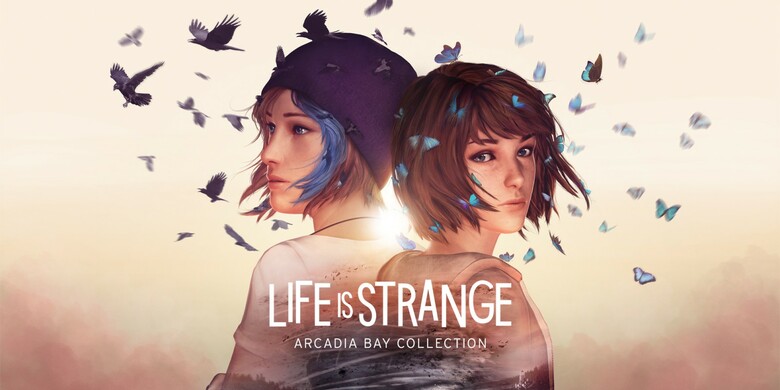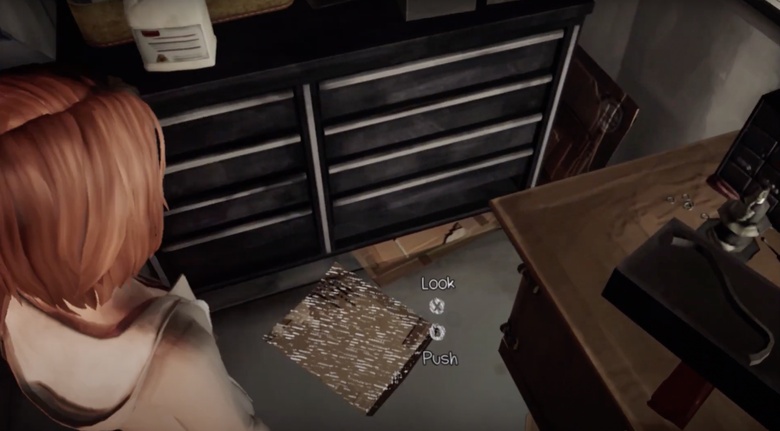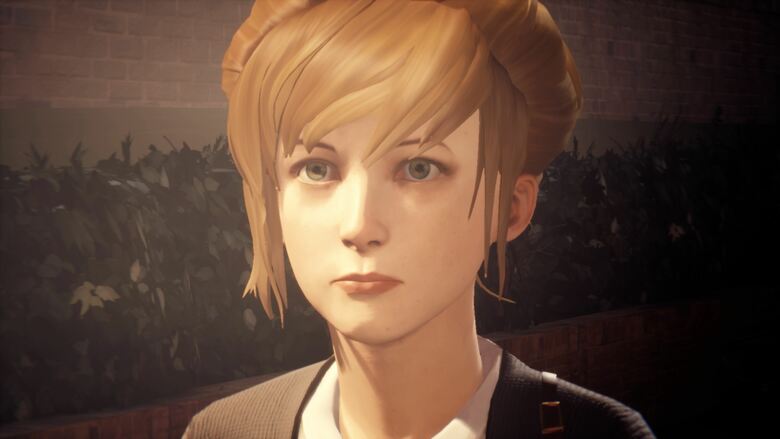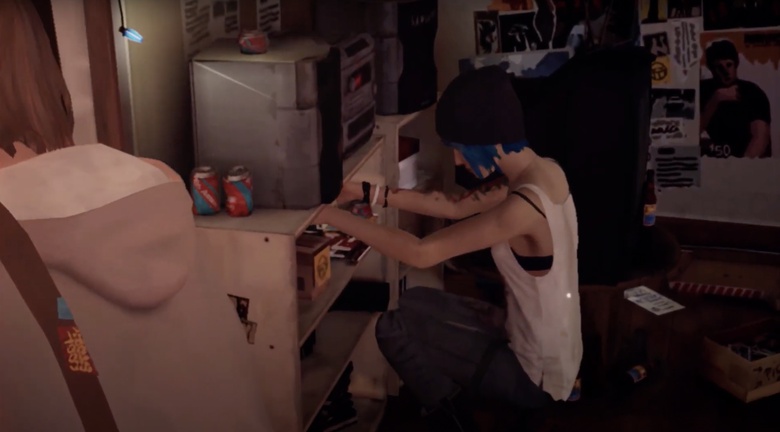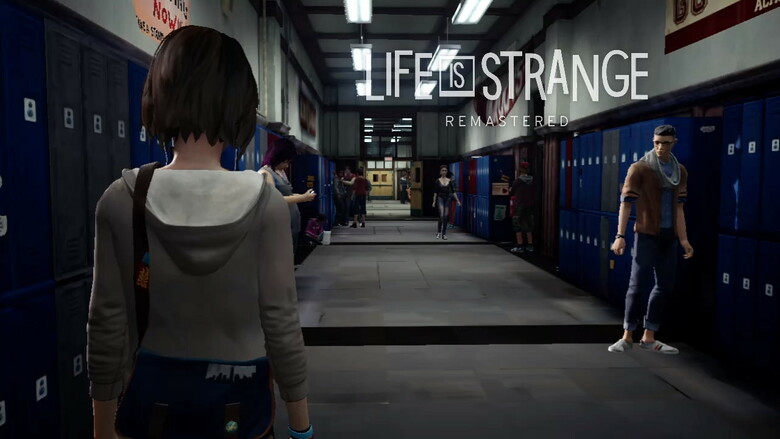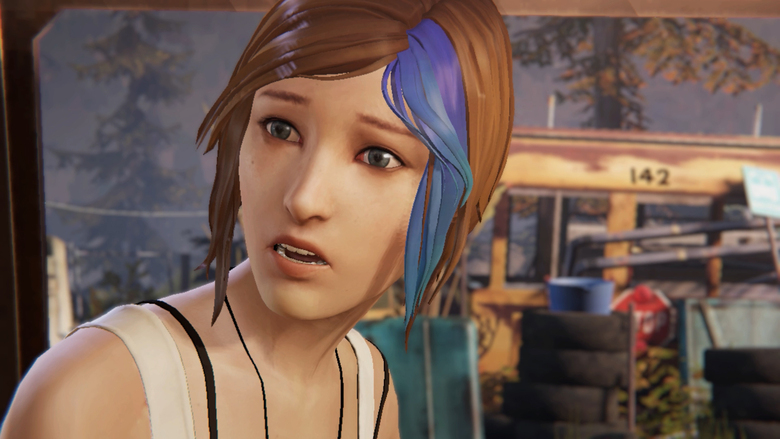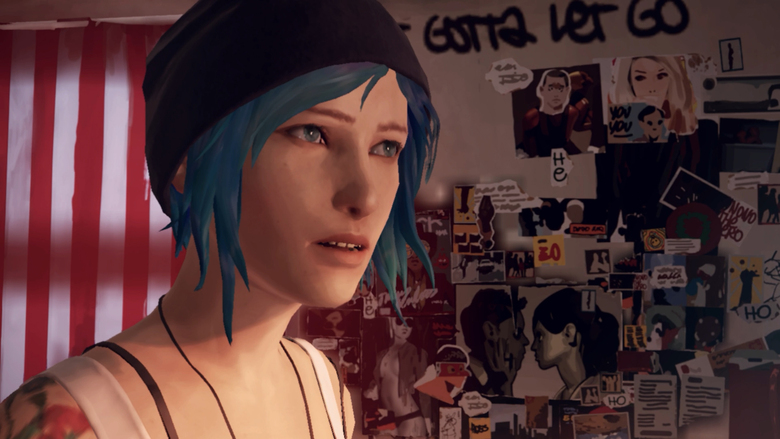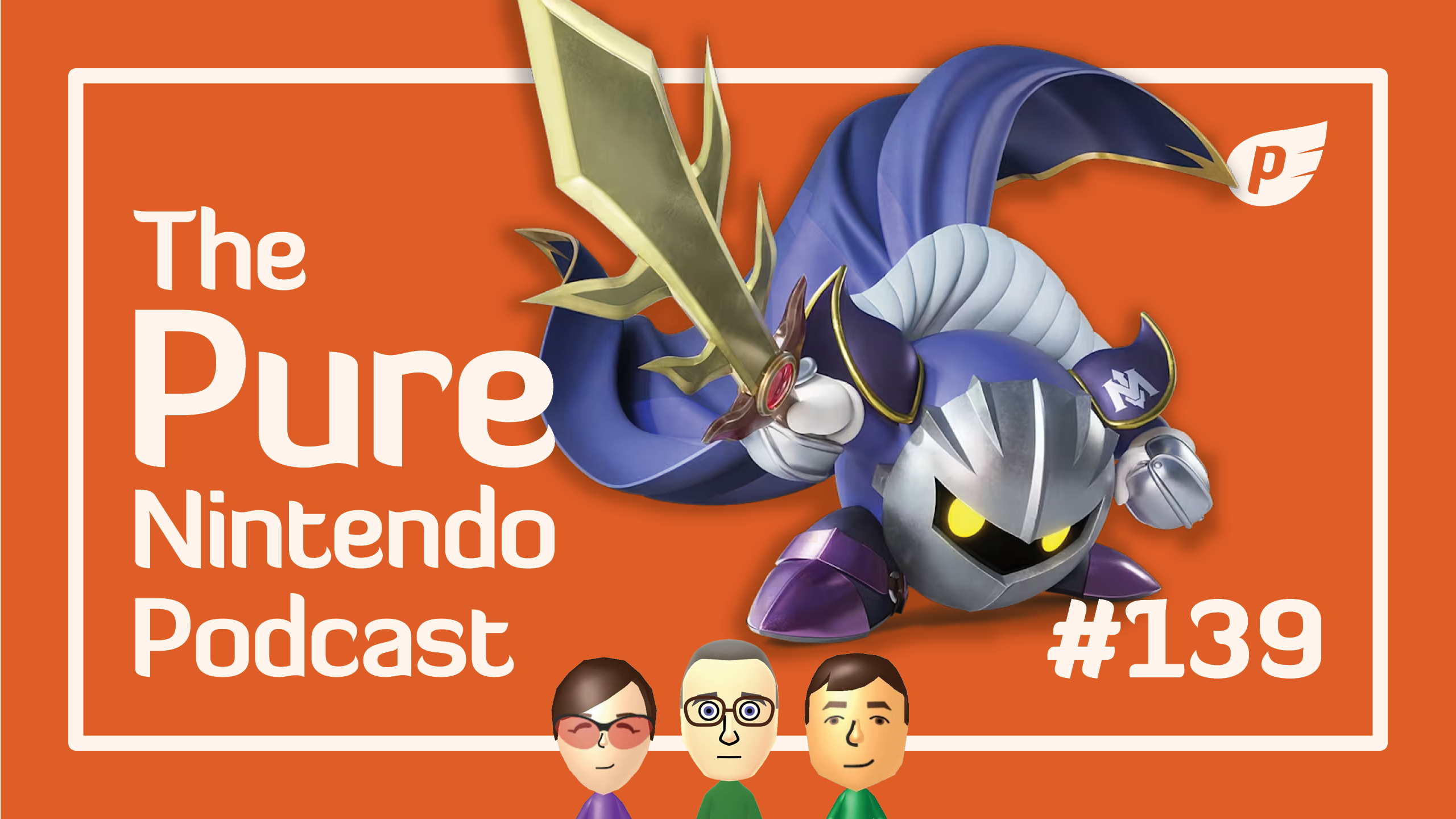Life is Strange: Arcadia Bay Collection releases EXCLUSIVELY on Nintendo Switch around 8 months after the very similarly titled (but apparently promotionally different) Life is Strange: Remastered Collection. Both collections contain the same original graphic adventure games from the Life is Strange series, both contain new rendering tricks such as lighting, new facial animations, new character models, and both feature the much-improved lip syncing.
And yet, Square Enix still decided to remove the Remastered moniker from the Switch version. This is telling, and it’s a choice I agree with.
Set in the titular Arcadia Bay, the original Life is Strange was released episodically in 2015 and sees you take the role of shutterbug Max Caulfield as she returns to her old stomping ground after having left for the bright lights of the city with her family years earlier, ghosting her best friend Chloe Price in the process. The first time Max sees Chloe again Chloe is, quite alarmingly, being shot in the school bathroom. Immediately after this Max finds she can rewind time allowing her to save Chloe, and the two friends resume their fractured relationship while exploring Max’s newfound powers in a clever, mysterious, and engaging story.
Holding out her hand, Max is able to rewind time for unlimited do-overs!
The gameplay itself is a fairly relaxed affair largely made up of talking to NPCs and exploring the sleepy town’s landmarks, such as the classic diner run by Chloe’s Mum, Max’s college campus, and the local landfill. To progress the story, players will need to solve puzzles that make use of Max’s time-rewind mechanic as well as interacting with objects around the environment, while other puzzle solutions require specific knowledge that can learned via the game’s branching dialogue sequences.
While each of these puzzles are enjoyable on their own, the best puzzles in the game combine all of these elements and can be very satisfying to solve, with the most ingenious solutions relying on the temporal nature of Max’s powers. The moment where you’re convincing Chloe that you do have powers is one of these set pieces and it uses the rewind mechanic so intuitively you’ll swear you’ve always been a Time Lord.
Some of the puzzles can be somewhat obscure, though, with little in the way of logical signposting to solutions – and it can be made worse by the controls. Life is Strange has a standard third person control scheme, with objects of interest highlighted by a stylized white outline. Unfortunately, you need to point the camera directly at these objects first and also be close to them before they are highlighted, making it easy to miss solution solving items – especially when they are above or below your character’s immediate eyeline.
Incase anyone needs to know… this piece of card is here.
Decisions matter in Life is Strange. It’s fun seeing how you can impact the flow of the story, and you are encouraged by a certain level of agency to see what more you can do to influence the game. The best decision you can make, though, is to take your time and explore the world and its people. Full of colorful, serious, and funny characters, Life is Strange begs to have every conversation poured over, every crumpled piece of paper read, and each optional photo opportunity taken. There’s a moment a little over halfway through the game that you’ll be happy that you did.
It’s worth getting to know Kate, an interesting and thought provoking character
While replaying the game for this review, I was surprised at how fresh the writing and characterization remains and, with the episodic nature of the original release informing the structure of the story beats, I’d forgotten just how enjoyable the cliff hangers at the end of each chapter are.
—Chloe Price… many times. (It can’t all be award winning writing…)
Fully exploring each of the 5 episodes clocks in at around 15 hours and the pacing feels brisk despite the aforementioned relaxing nature. Indeed, the easygoing vibe is part of the soul of Life is Strange, with individual Moments of Calm scattered throughout, allowing the player to soak up the atmosphere of each major location while Max narrates her current thoughts and feelings.
Essential to this serenity is the background ambience which is filled with the sounds of delicate breezes, the rustle of leaves on trees, birdsong, and other hallmarks of nature. Unlike some other high-profile ports cough Assassins Creed cough there’s no audible compression here, but that shouldn’t come as a surprise given the attention the developers clearly gave to compiling the perfect musical soundtrack. Since release in 2015, the OST has been on my favorites list in Spotify and my now 8-year-old girl knows the songs inside and out. Almost every tune is a banger in their own right and, when used in-game, they serve to highlight the emotions of a moment without distracting you from them.
Now that we’ve got the general overview out of the way, we must return to the title change from Remastered Collection to Arcadia Bay Collection – and this, I feel, comes down to presentation.
I’ll start with the good, which is that the performance is solid and consistent with a steady framerate. This, when compared with the Remastered Collection, isn’t something to be too proud of – but when compared to the original releases back on the PS3 and X360, it is an improvement worth noting.
Image clarity in handheld mode is fine, too, but when docked the image gets very blurry with an overreliance on Temporal Anti-Aliasing (TAA) that’s made all the more noticeable given the already low resolution. This causes a significant amount of ghosting and an almost total loss of fine detail. This unfortunate effect is most distracting around character eyes and, given that so much time is spent in talking head shots, it is quite disappointing.
Things can get unfortunately blurry in higher detailed scenes
Blurry visuals on Switch multi-plats aren’t uncommon and can be an acceptable trade-off for having those games in portable form. What pushes The Arcadia Bay Collection down a peg or two is the scruffy nature of how the visuals are presented. If you spin the camera, the assets at the side of the screen flicker in and out of existence. Textures regularly pop-in late. Some objects in the game world appear and disappear throughout cut scenes and, depending on the angle of the camera, objects appear in front of and then behind other objects.
Considering that the point of most remakes/remasters is to spruce up the visual presentation, I can’t help but think Square Enix deliberately took a sensible approach to the naming here to avoid a potential question of whether a rerelease that displays more visual bugs than the original release should be labelled a remake.
Unfortunately, the Switch icon and the Title Screen both still say remake which feels like an oversight, or an indication that I’ve looked into the title discrepancy far more than I should have!
“Remastered”. And it is the remastered version, just a little demastered
Before the Storm is the second game in the Arcadia Bay Collection and is a prequel with a fully original story that focuses on, and gives the player control over, Chloe Price. It’s set 3 years before Max’s return to Arcadia Bay and focuses on Chloe’s burgeoning friendship with a character taken from the first game. Being 3 chapters in length, it feels a bit snappier and has a slightly more foreboding atmosphere. As good as the first game, it features the same gameplay style, graphical make-up and soundtrack sensibilities and fleshes out a few background characters nicely. Although it is a prequel, this should still absolutely be played after Max’s adventure to appreciate the full narrative experience.
At a glance…
| Developer: Dontnod, Deck Nine | Genre: Graphic Adventure | Price: £32.99 | File Size: 12.8Gb |
Life is Strange: Arcadia Bay Collection is an unexpectedly ragged view into Max and Chloe’s adventures, but the graphical shortcomings are not enough to diminish the beating heart of a game in which you can fully live the life of Max Caulfield, spend time with her friends, and join her on an emotional rollercoaster filled with surprises and twists that you will not see coming.
If you haven’t yet experienced these games, playing through them on the Switch is a valid option – and if you can make peace with the presentation, then having this collection to play on-the-go isn’t just a valid option, but a great one.

